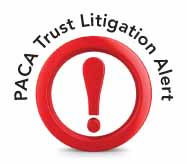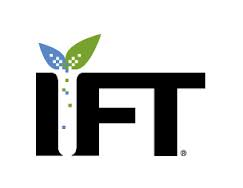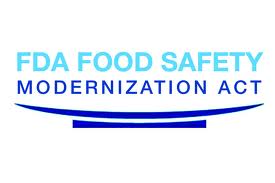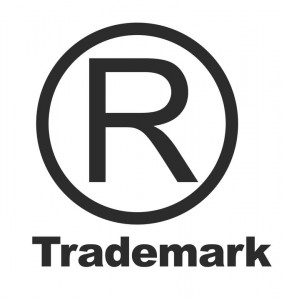 On April 11, 2013, United Fresh Produce Association, on behalf of almost 90 separate produce industry groups, formally petitioned the FDA to enlarge the May 16, 2013 deadline for submitting industry comments to the proposed Produce Safety and Preventative Controls Rules under FSMA. United Fresh’s request for more time is “necessitated by the complex and substantial changes proposed for the fresh and fresh-cut produce industry by these proposed rules.” United Fresh’s April 11, 2013 Letter to FDA
On April 11, 2013, United Fresh Produce Association, on behalf of almost 90 separate produce industry groups, formally petitioned the FDA to enlarge the May 16, 2013 deadline for submitting industry comments to the proposed Produce Safety and Preventative Controls Rules under FSMA. United Fresh’s request for more time is “necessitated by the complex and substantial changes proposed for the fresh and fresh-cut produce industry by these proposed rules.” United Fresh’s April 11, 2013 Letter to FDA
United Fresh’s letter further states that the proposed Preventative Controls Rule “represents a substantial overhaul of the Current Good Manufacturing Practices (CGMP) regulations regarding the manufacturing, processing, packing, or holding of human food. The CGMP regulations were last revised nearly thirty years ago.” Based on this and other facts, United Fresh stated that “it would be impossible for any interested party to meaningfully comment on these two proposed rules by the current deadline of May 16, 2013.” And, that the Produce Safety Rule and the Preventative Controls Rule “are actually two of a suite of interlocking regulations that will fundamentally alter the global fresh and fresh-cut produce industry.”
To be clear, United Fresh is calling for no less than a 180 day extension of the comment period AFTER the FDA issues the last of the proposed rules for “the Foreign Supplier Verification Program, Preventative Controls for Animal Feed, and the Accredited Third Party Certification.” The FDA has yet to announce the publication date for these already past due rules.
What does that mean? This is an open-ended request for an enlargement of time that may fail because it is open-ended. In my opinion, United Fresh’s position is well founded and their request is appropriate. However, I would hate to see the FDA deny United Fresh’s request based on a technical foul, which is the absence of a specific comment period closing date. I think the better procedural approach would be to ask the FDA for an enlargement of time from May 16, 2013 to a date certain and separately (but perhaps in the same letter) request that each new proposed rule be given no less than a 180 day comment period right out of the gate.
Please remember that many of FSMA’s proposed rules are already significantly past their legislatively imposed publication date. As a matter of fact, the Center for Food Safety and the Center for Environmental Health filed a civil action in August of 2012 against the FDA and the White House Office of Management and Budget in an effort to compel the federal government to comply with FSMA’s deadlines. Against this backdrop, it may be risky for United Fresh to seek an open-ended enlargement of time on any comment period… no matter how well supported.

 Nothing is more important to a produce company’s cash flow than ensuring the creditworthiness of its customers. This statement begs the question:
Nothing is more important to a produce company’s cash flow than ensuring the creditworthiness of its customers. This statement begs the question:
 On April 2, 2013, the FDA issued a Notice extending the comment period on the Institute of Food Technologists’ findings and recommendations to the FDA for the improvement of tracking and tracing food under FSMA. The new deadline to submit comments on the IFT’s report is
On April 2, 2013, the FDA issued a Notice extending the comment period on the Institute of Food Technologists’ findings and recommendations to the FDA for the improvement of tracking and tracing food under FSMA. The new deadline to submit comments on the IFT’s report is 
 This week the FDA launched an updated its Frequently Asked Question & Answer (“FAQs”) section to include detailed areas on the two recently introduced food safety rules, which addressed preventative controls and produce safety.
This week the FDA launched an updated its Frequently Asked Question & Answer (“FAQs”) section to include detailed areas on the two recently introduced food safety rules, which addressed preventative controls and produce safety. If you operate in the food space and offer branded products and/or if your company name is valuable, please read this entry. Beginning on
If you operate in the food space and offer branded products and/or if your company name is valuable, please read this entry. Beginning on 
